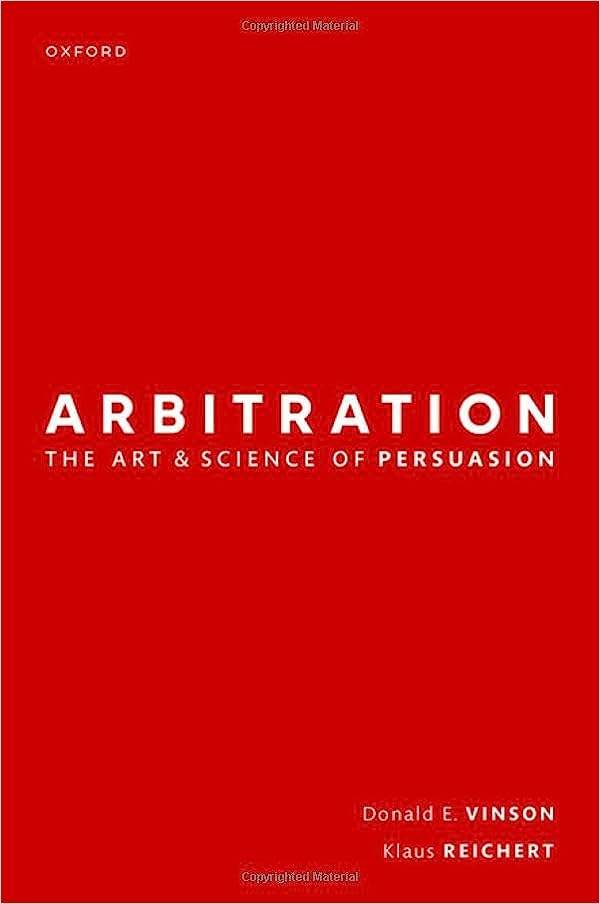Description
Effective persuasion is an art; an art which can be learned and perfected with practice and insight into human behavior. This innovative book, written for lawyers and those interested in the science of persuasion in a legal setting, is the first to explain how key concepts from psychology, sociology, and communication science can be productively applied to the art of persuasion in international dispute resolution.
Whilst success in arbitration relies upon knowledge of the law, sound judgment, and intelligence, it is also increasingly recognized that it is dependent upon the ability to effectively communicate with other people in order to convince them of a particular point of view. These are skills that can be acquired and enhanced over time with practice and experience. The focus of this book is to provide practitioners with insights and applications of the behavioral sciences that can assist in the development of those key skills associated with success in arbitration.
Starting with an overview of the important elements of the psychology of persuasion, the book then provides recommendations and examples of how the information can be effectively utilized, with a view to providing a practical and pragmatic treatment of ideas and techniques of persuasion that lawyers can employ to enhance their advocacy skills. Prominent arbitrators from around the globe provide observations and anecdotes from their own arbitration experiences that offer context and provide the reader with fascinating insights into the experiences of some of the world’s leading arbitrators. Taken together, the structure and analysis, backed up with real-world examples, gives readers the tools to gain “the edge” when it comes to using negotiation in their dispute resolution practice.
Table of Contents
- Section I. Social Science & Persuasion
- 1:Persuasion in International Arbitration
- 2:The Key to Persuasion: Arbitrator Attitudes and Beliefs
- 3:Communication and Techniques of Persuasion
- 4:How Arbitrators See and Hear: The Importance of Perception
- 5:Learning and The Attribution of Innocence or Blame
- Section II. The Arbitration Process & Persuasion Strategy
- 6:Tribunal Formation Strategy
- 7:Encounters With The Tribunal
- 8:The Opening Statement
- 9:Cross Examinations & Closing Arguments
- 10:Visual Communication
- 11:Behavioural Research for Persuasion Strategies
- Section III. Final Thoughts
- Contributor’s Index
- Subject Index


Reviews
There are no reviews yet.